GPCR/G protein

All GPCRs share a common seven trans-membrane structure. GPCRs are associated with heterotrimeric G-proteins which are GTP-binding proteins made of alpha, beta, and gamma subunits. When a ligand binds to GPCR, it activates the attached G-protein, the GDP is replaced with GTP. The activated G-protein then dissociates into an alpha and a beta-gamma complex which activates downstream signaling pathways. These intracellular signaling pathways include cAMP/PKA, calcium/NFAT, phospholipase C, protein tyrosine kinases, MAP kinases, PI-3-kinase, nitric oxide/cGMP, Rho, and JAK/STAT.
GPCRs are one of the most important therapeutic targets for various diseases, over 30% of all modern medicinal drugs target this family. Aberrant GPCR functions are involved in pathological conditions such as neurological, immunological and hormonal disorders. A large number of GPCRs have been identified, but whose ligands are not known, are classified as orphan receptors.
-
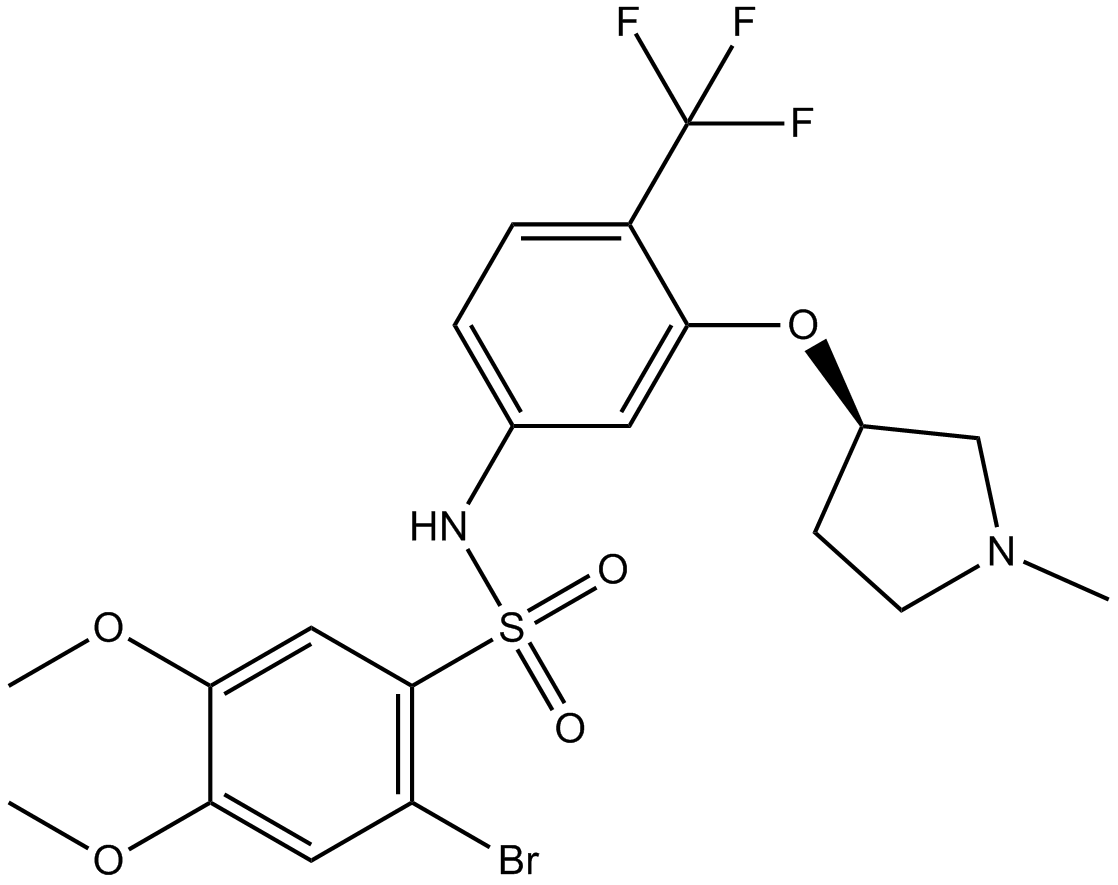 B5677 SB 706375Summary: urotensin-II (UT) receptor antagonist
B5677 SB 706375Summary: urotensin-II (UT) receptor antagonist -
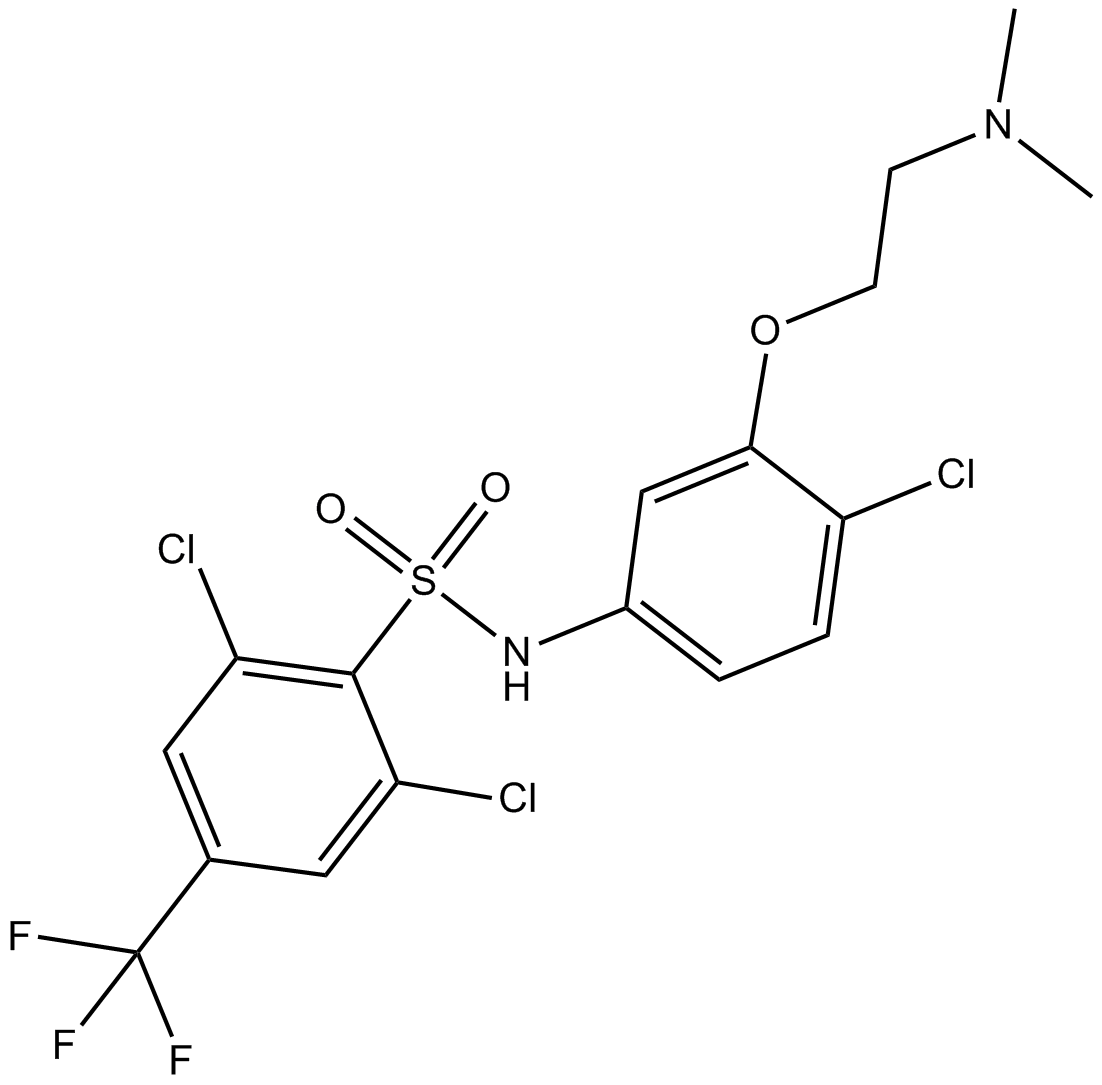 B5678 SB 611812Summary: Urotensin-II (UT) antagonist
B5678 SB 611812Summary: Urotensin-II (UT) antagonist -
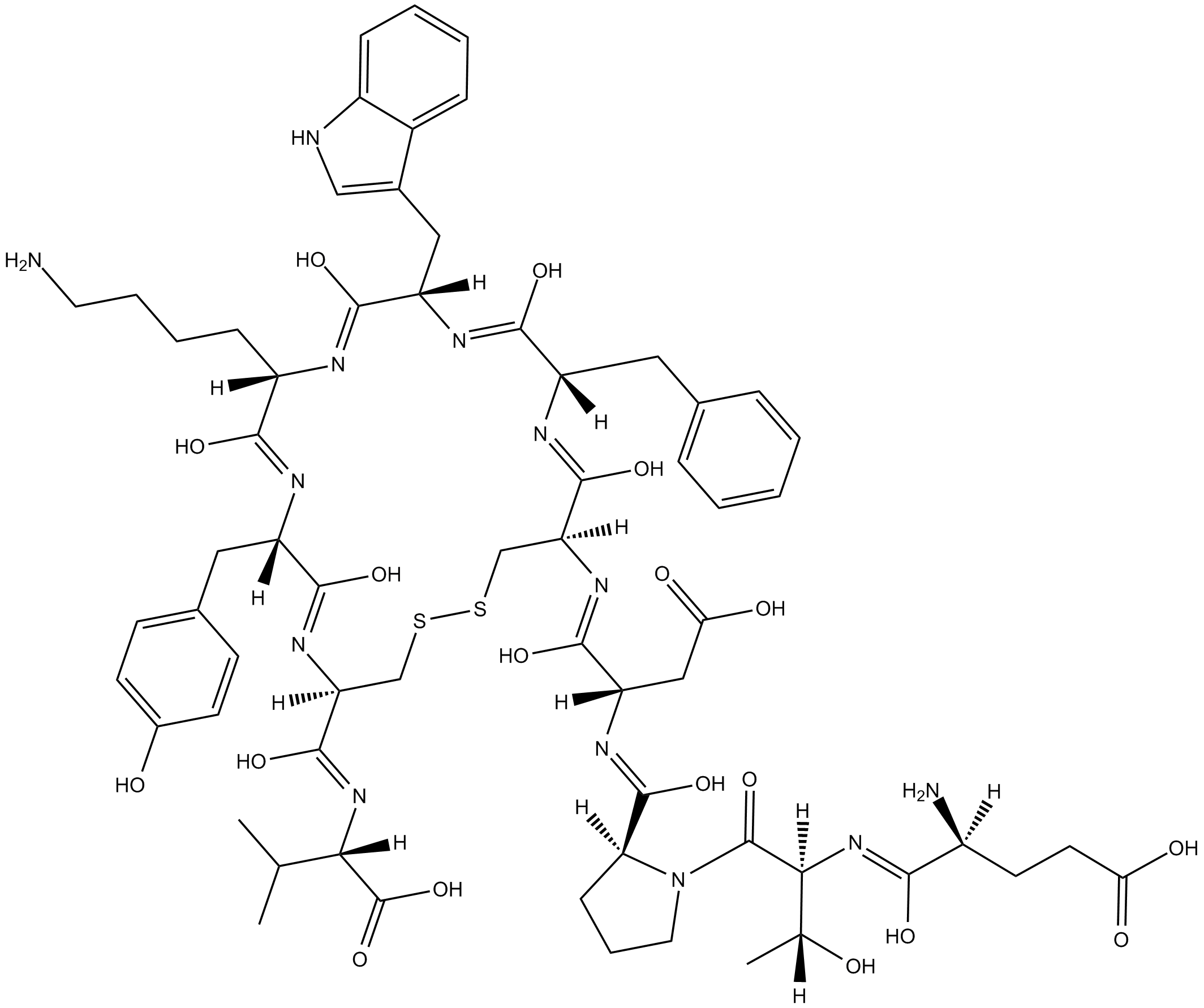 B5154 Urotensin II (human)Summary: Potent endogenous peptide agonist for the urotensin-II receptor
B5154 Urotensin II (human)Summary: Potent endogenous peptide agonist for the urotensin-II receptor -
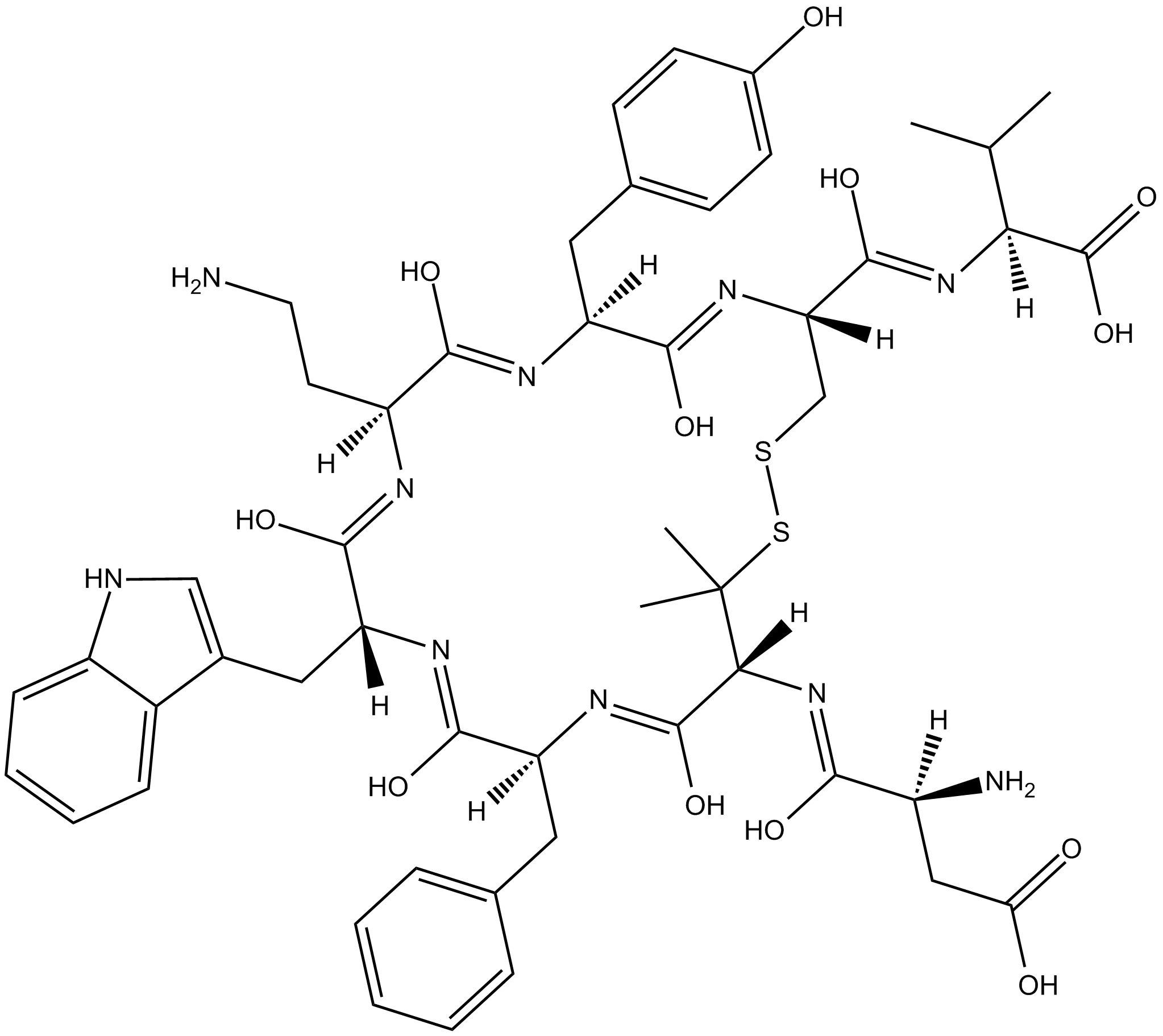 B5311 UFP 803Summary: Urotensin-II (UT) receptor ligand
B5311 UFP 803Summary: Urotensin-II (UT) receptor ligand -
![[Orn5]-URP](/pub/media/prod_images/b/5/b5388.png) B5388 [Orn5]-URPSummary: Urotensin-II (UT) receptor pure antagonist
B5388 [Orn5]-URPSummary: Urotensin-II (UT) receptor pure antagonist -
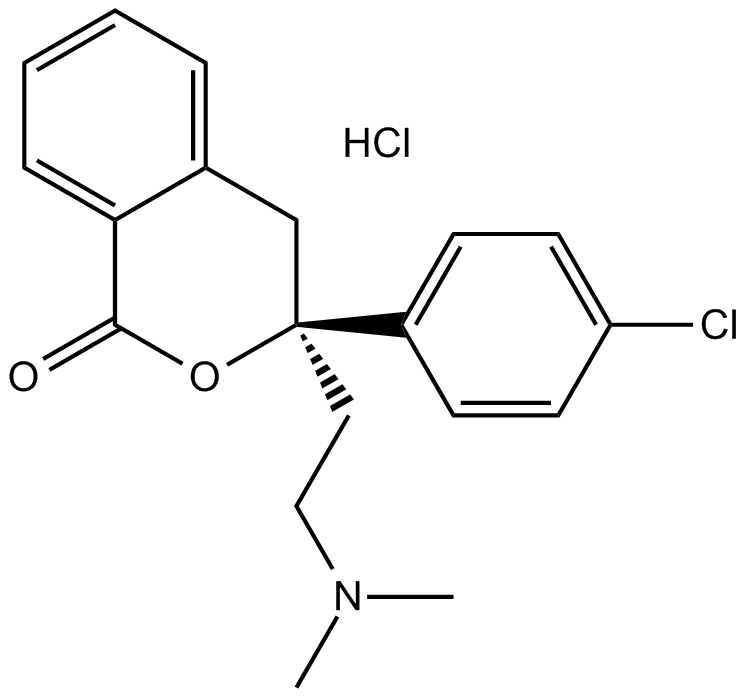 B7074 (±)-AC 7954 hydrochlorideSummary: urotensin-II (UT) receptor agonist
B7074 (±)-AC 7954 hydrochlorideSummary: urotensin-II (UT) receptor agonist -
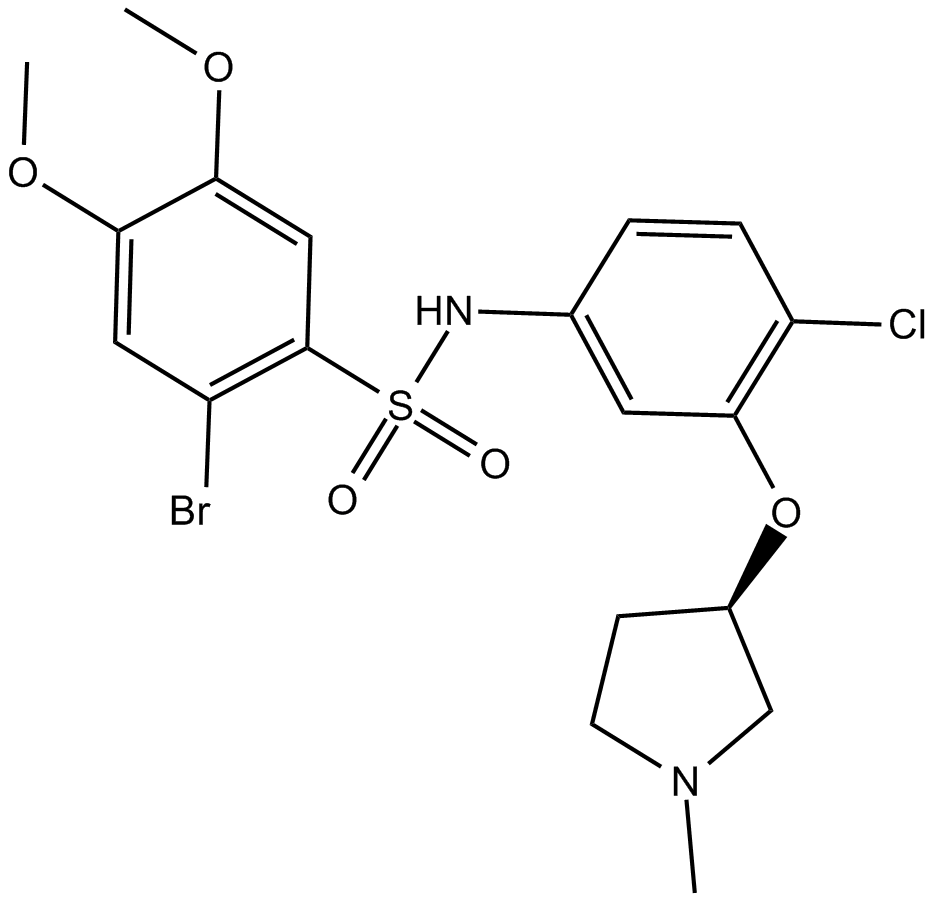 B7432 SB 657510Summary: urotensin-II (UT) receptor antagonist
B7432 SB 657510Summary: urotensin-II (UT) receptor antagonist -
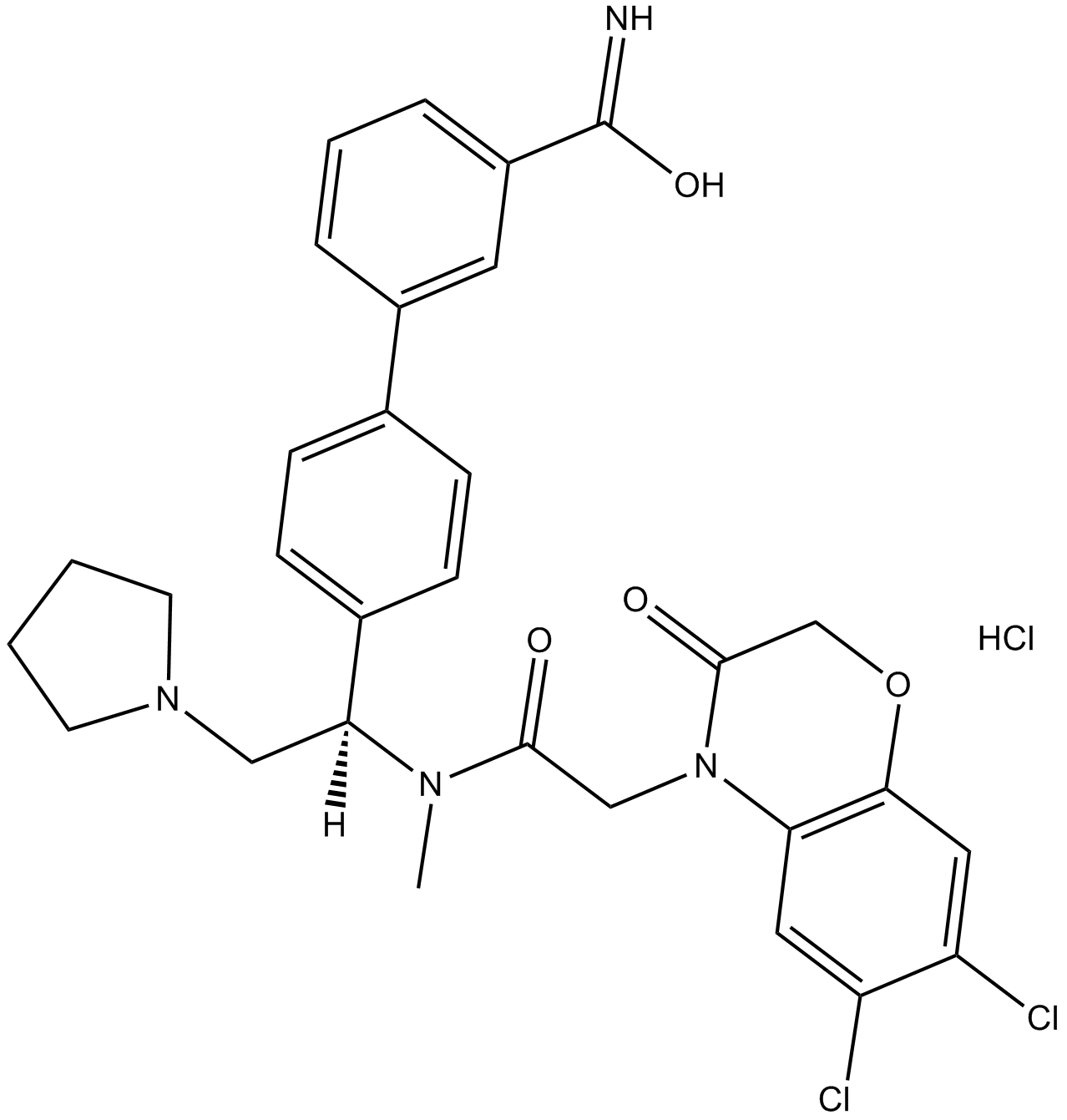 B7752 GSK 1562590 hydrochlorideSummary: urotensin II (UT) receptor antagonist
B7752 GSK 1562590 hydrochlorideSummary: urotensin II (UT) receptor antagonist

